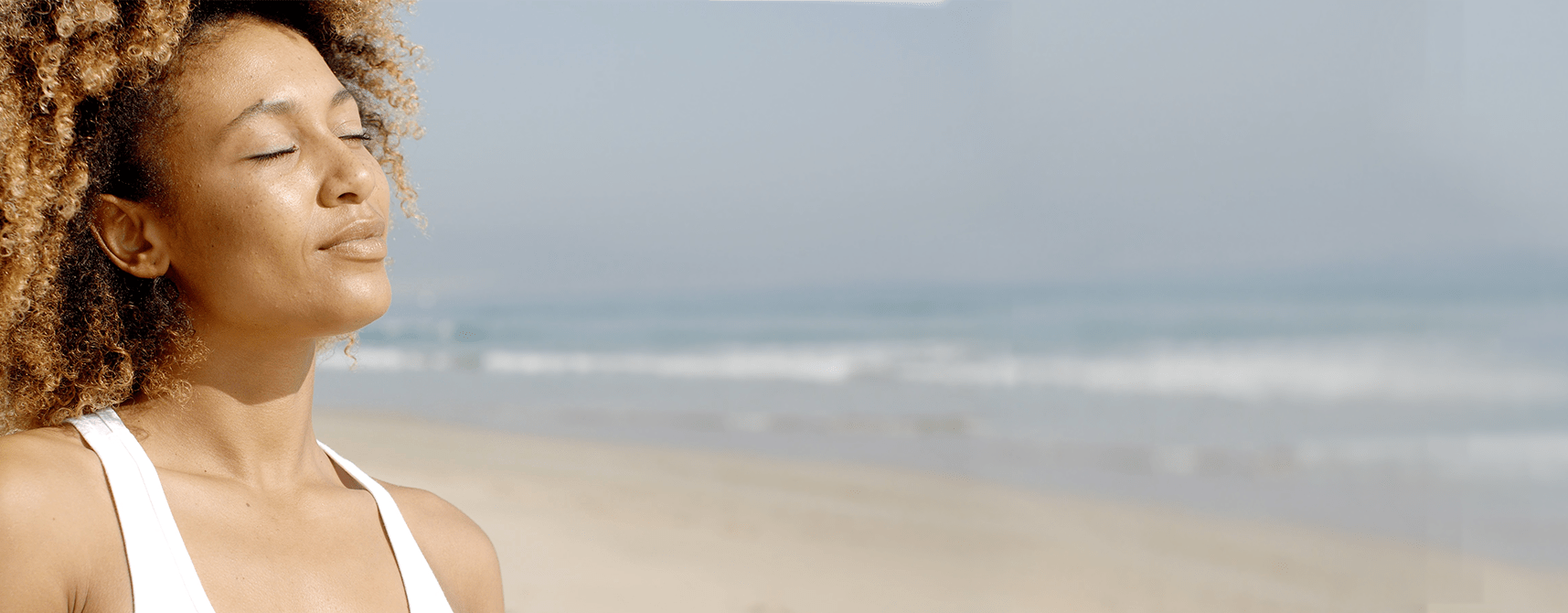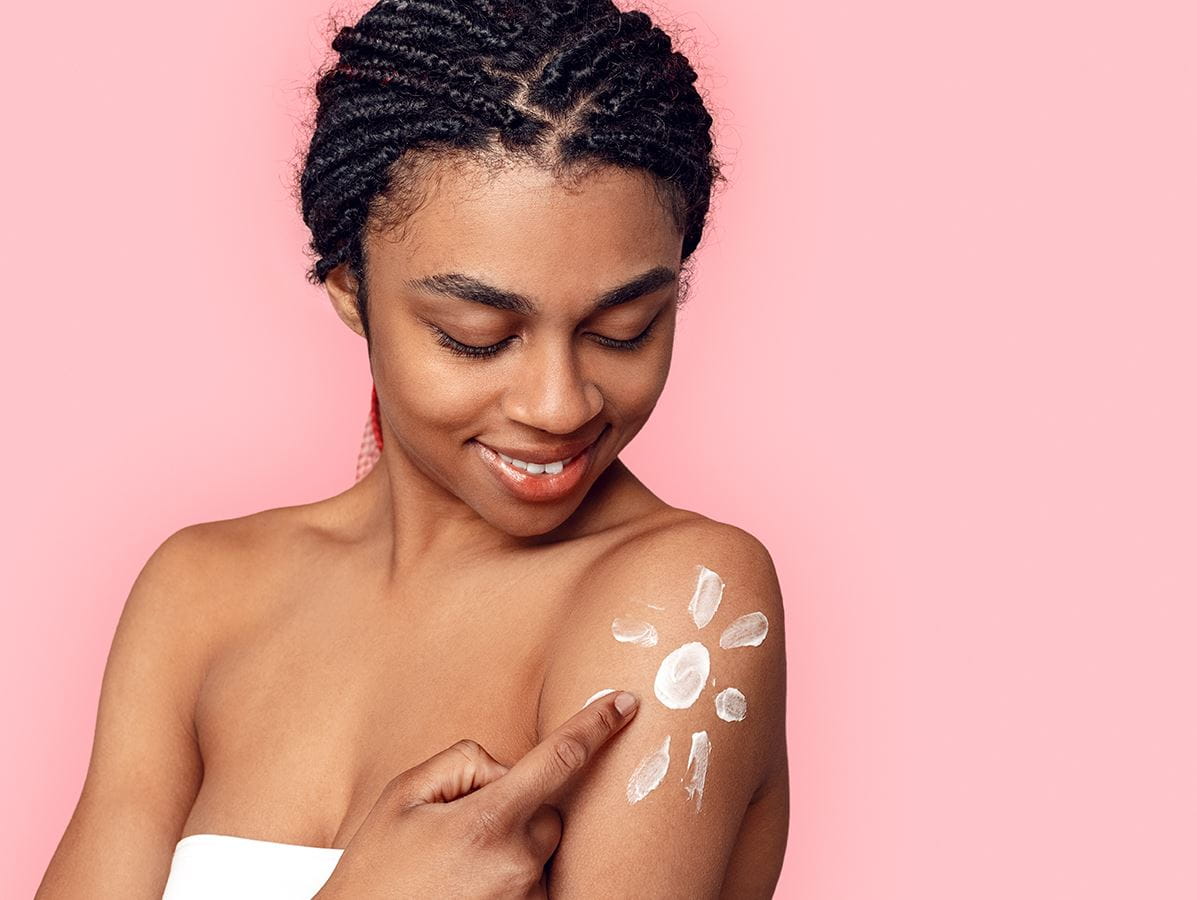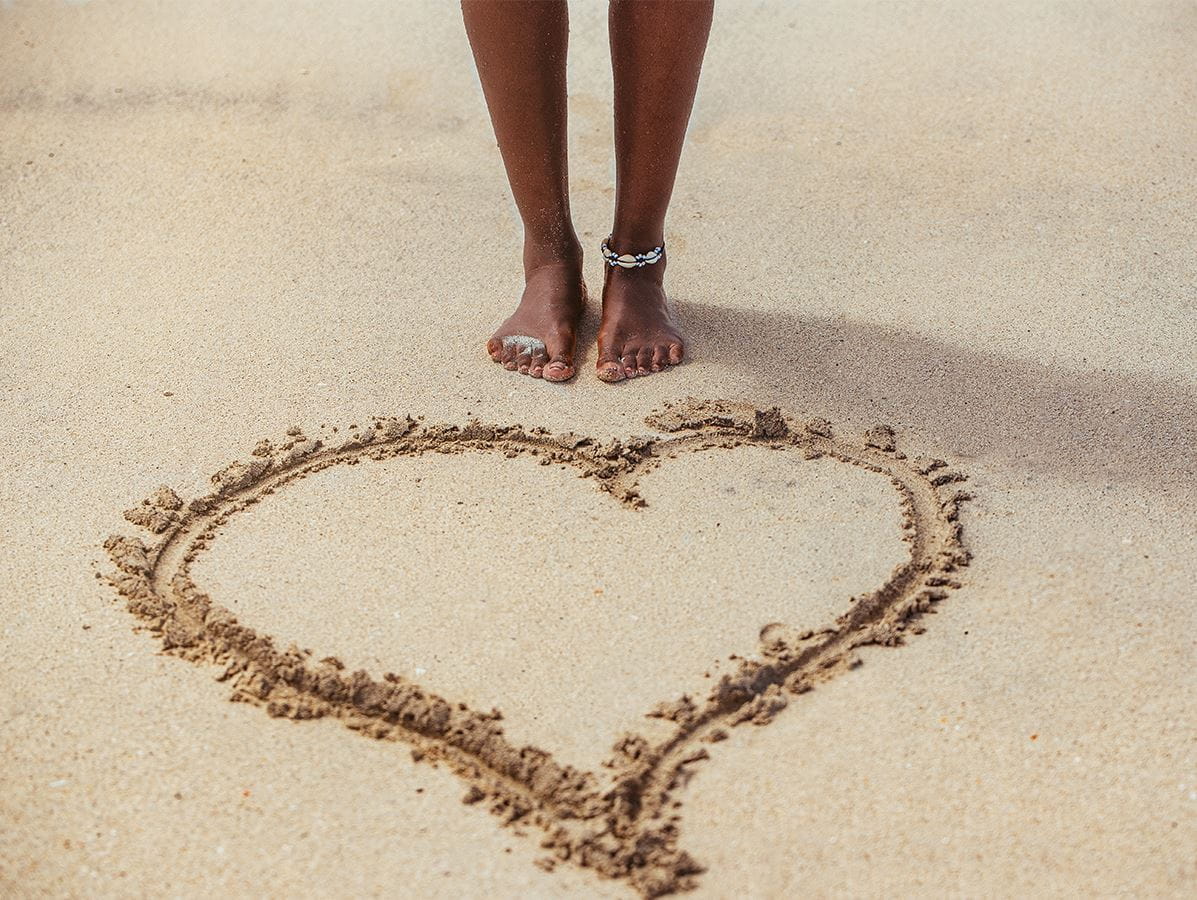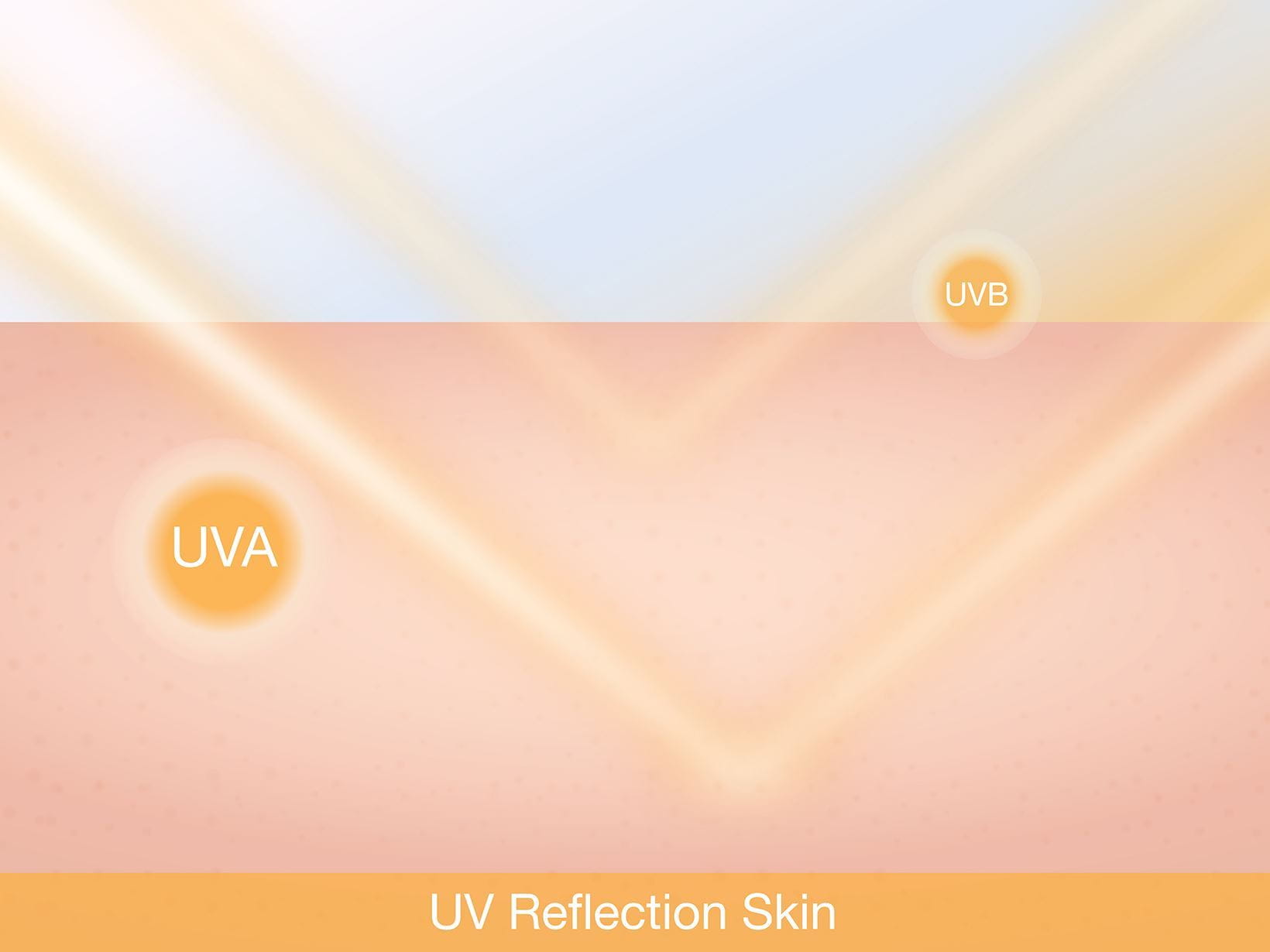
UV Tracker
SEARCH LOCAL UV INDEX
The UV Index is issued daily to advice you on the strength of the sun's UV rays in your region.
The scale of the UV Index is divided into 5 levels and ranges from low (1-2) to extremely high (11+). There are various recommendations for sun protection of the skin for each level.
The higher the number, the stronger the rays. The classification applies to all skin types and for every place in the world.
Check your region's UV index here daily, and take the proper precautions to protect yourself when you're outdoors.
The scale of the UV Index is divided into 5 levels and ranges from low (1-2) to extremely high (11+). There are various recommendations for sun protection of the skin for each level.
The higher the number, the stronger the rays. The classification applies to all skin types and for every place in the world.
Check your region's UV index here daily, and take the proper precautions to protect yourself when you're outdoors.
CALCULEAZĂ VALOAREA INDICELUI UV ÎN:
Tastează numele orașului tău sau în care iți dorești să călătorești pentru ca noi să determinăm corect indicele UV pentru zona ta!
YOUR UV INDEX IS [uvIndex]
It’s a low uv index for [city]
YOUR UV INDEX IS [uvIndex]
It's an average uv index for [city]
YOUR UV INDEX IS [uvIndex]
It's a high uv index for [city]
YOUR UV INDEX IS [uvIndex]
It's a very high uv index for [city]
YOUR UV INDEX IS [uvIndex]
It's a very high uv index for [city]
UV INDEX EXPLAINED
READING YOUR LOCAL UV INDEX
FIND OUT MORE ABOUT UV RADIATION
WHAT IS UV LIGHT?
The effects of UV light are invisible and unnoticable, and small amounts of UV light are important to keep us healthy, as we need it
to procuce Vitamin D. But overexposure to the sun can be very damaging.
Ultraviolet light, UVA and UVB are frequently mentioned on sunscreen bottles and can be harmful for our skin.
Read on to find out why.
Ultraviolet light, UVA and UVB are frequently mentioned on sunscreen bottles and can be harmful for our skin.
Read on to find out why.
LEARN ABOUT THE POTENTIAL DANGERS OF UV RAYS
WHY YOU NEED UV PROTECTION
DISCOVER MORE SUN PROTECTION TIPS FROM NIVEA SUN
STAY SAFE IN THE SUN
Calculating your region's UV Index is a great start to learn about sun protection. However, the UV Index's recommendations only serve as a general guideline.





